When was the last time, you survive cold terrain, without having any zipper in your clothes? If you cannot remember, then this article answers on behalf of you the usability of a zipper in brief. A zipper, being a fastener savior, puts us together in a variety of ways. Believe it or not! Zippers are humble enough to keep you warm and safe.
Table Of Contents
What is a Zipper?
A Zipper is a fastening slider device that consists of two parallel rows with the given two interlocking teeth. The two parallel rows can be both plastic and metal teeth made. Besides, 2 interlocking teeth, remaining in zip tapes, get connected to the textile products.
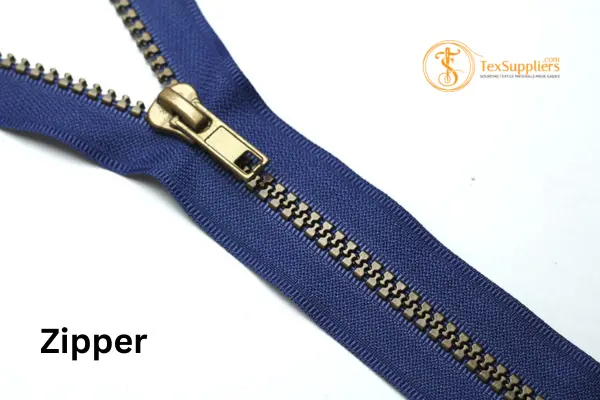
Zipper, being an indispensable part of garments, is a great user in manufacturing sectors. In sum, the zipper is the garment opener device.
What is a Zipper Made of?
Plastic hardware zippers are polyester and nylon. The slider or the tab that runs through the parallel rows is steel or zinc made. If the zipper is metal then the material would be aluminum, zinc, brass, or stainless steel.
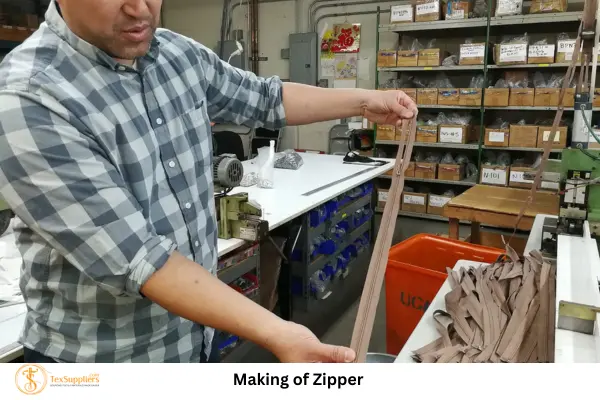
Zinc and brass are coated materials that get matched the clothing color. There is another part named cloth tapes. They are a blend of cotton and polyester, and sometimes get separated.
The Gleaming History of Zipper
There were buttons to attach to the fabric for people to fasten the material. There is another garment fastener that connects stringed clasps running along ribs. Hardly anyone capitalizes on this apparel. After that Whitcomb L. Judson developed a slider named “Clasp Locker” that eventually went for the establishment of the Universal Fastener Company, in 1894.
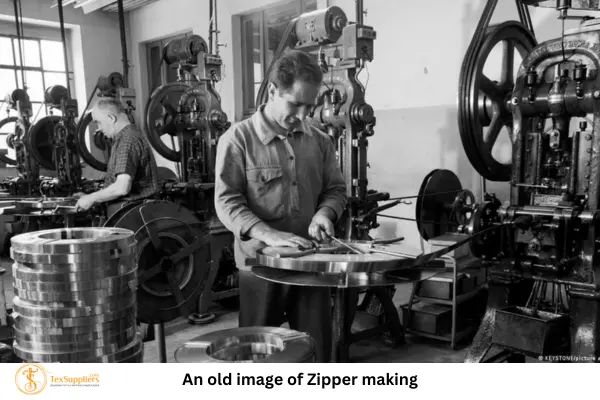
After numerous innovations, the modern zipper came to public attention in the year 1913. Gideon Sundback designed elements that are fastening up to 10 per inch with interlocking teeth. Later this innovation turned into what we call a zipper. The name “zipper” is B.F. Goodrich Company-given. They tried to utilize the Soundback’s fastener on rubber boots. 20 years later, the fastener grabs the attention of the fashion industry to use it on garments. At first, the zipper was a widely used design on men’s trousers. Then, slowly it appears on other products like jackets, leather goods, luggage, and all.
Essential Parts of a Zipper
A Zipper is composed of a few fundamental elements. They are as follows:
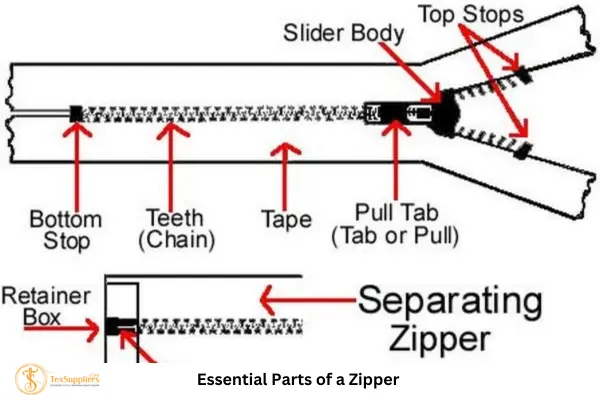
Top and Bottom Stop: These two stops impede the slider not to leave the chain.
Stringer: A combined teeth, tape, and cloth.
Slider: It opens and shuts the fastener
Pull Tab: It moves the slider body up and down
Teeth or Chain: It holds the zipper together.
Insertion Pin: It secures the zippers on the opposite side.
Tape: Here, the teeth get attached to the tape.
Functionality-Based Zipper Types
Regardless of any zipper type, they always measure from end stops. Based on functionality, the zipper types are as follows:
Closed-End Zippers
With the help of a slider, these zippers normally get opened and closed. They are non-separating from the chain. You may find these zippers on trousers, booths, and bags. A single part makes up the bottom stop.
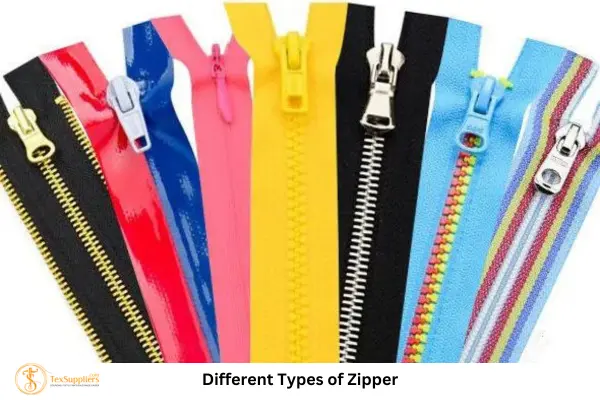
Open-End or Separating Zippers
These zippers have separated ends. A box and pin join the ending part providing on the lower. These zippers are available on jackets and outwear.
Two-Way Zippers
They tend to be larger in length. The material can be plastic, molded, or metal. The application of these zippers is applicable for luggage. Besides, there are head-to-head zippers as well. the head-to-head zippers consist of two sliders at the middle of the chain during the closed zippers. On the other hand, the ‘Separating two-way’ zippers have separated ends found in sports-like clothes.
Material-Based Zipper Types
3 categories of zippers fall under this material-based zipper type. They are:
-
Metal Zippers
The first original zipper is the metal zipper. These zippers have two groups as well.
First group: There is a metal-wired tooth made of brass or aluminum or nickel.
Second group: With zinc material, teeth go onto the tape.
The most usable zipper finishes are either aluminum, brass, antique brass, or black oxidized.
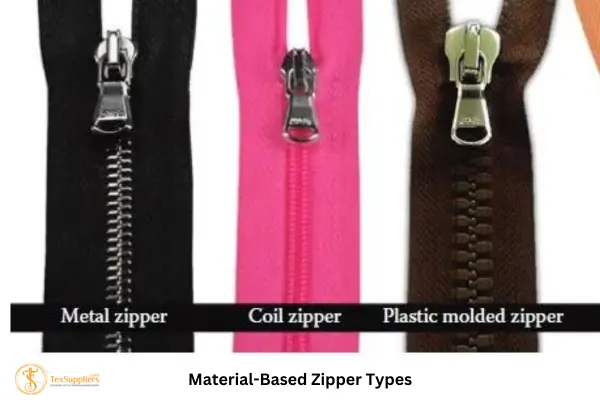
-
Molded Plastic Zippers
They have injected molded teeth that go directly onto the zipper tape. The elements that make molded plastic are strong and durable. Plastic zippers have 5 groups in total. They are LFC, CFC, plastic, and woven in the coil.
There is another molded plastic zipper named Delrin. This zipper has triangular teeth. It creates a flexible and stylish zipper. Through injection molding, the teeth fuse onto the tape.
-
Invisible Zippers
These zippers are invisible in the outer part apart from the hairline seam. They are available in ladies’ outfits. Also, you may find this zipper in both knitted and woven tapes. Here, coils remain hidden on the back part. The installed invisible zipper does not have any stitching visibly. They come in fewer colors.
-
Coil Zippers
They are nylon zippers made from a monofilament coil in individual teeth. From fashion wear to trends, their applicability gets diversified.
Apart from these 4 types, there are other sub-types that you may find in zippers. One of them is nylon teeth-made water-repellent zippers. There is a rubber flap going over the garment top. Besides, the separating zippers have separable tapes on two sides. Once it gets installed, you can separate the tape. There is a box and pin mechanism as well. Another type of zipper that is short is well-known to us as pant zippers. They are plastic made with polyester sides with nickel teeth. If we name the strongest zipper type, we must mention the heavy-duty zippers. They have coil structure and extra-large teeth that provide a better grip.
Key Features that a Zipper Possesses
|
Durability |
Very Durable |
|
Stiffness |
Depends on the teeth’ alignment |
|
Strength |
High |
|
Tensile Strength |
Depends on the zipper chain and teeth. |
|
Sustainability |
Not enough sustainable |
|
Flexibility |
High |
|
Washing Methods |
Fully zipped. |
|
Performance |
Consistent |
|
User Friendliness |
Present |
|
Water-Resistance Ability |
Only applicable for water-proof clothing |
|
Applications |
Any sort of apparel and products. |
|
Zipper Length |
For <30 cm (12”), the acceptable tolerance in +/- 5 mm (0.2”) |
Washing Procedure of a Zipper
Whenever you launder the clothes’ attached zipper, you must take good care of it. Taking a few steps can protect our zipper from being ruined. Here are some procedures that you are worth checking out for getting damaged. They are:
-
Zip Up Your Clothes
Before washing them, you need to zip up the clothes. It will protect the teeth that maintain the easy opening and closing system. On an open zipper, the fabric gets snagged easily.
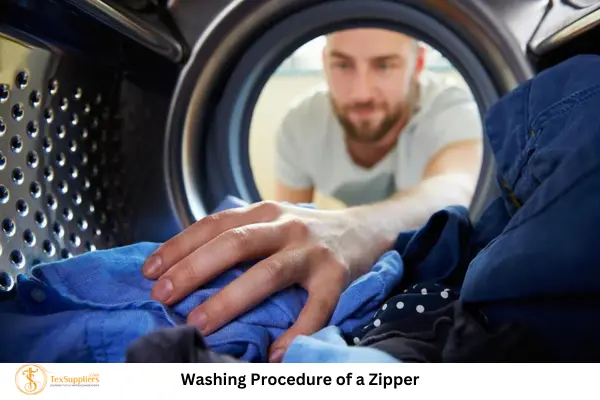
-
Take a Safety Pin to Secure the Zipper
It ensures the zipper’s safety from being opened during the wash. Just take a safety pin and pin through the hole in the zipper’s metal hole. Through the fabric, pin it and close the safety pin.
-
High Heat Ruins your Zipper
Your dryer’s high heat may ruin the zipper. Dry your clothes maintaining a minimum heat setting. It will help to keep the zipper’s shape. During the pressing, use a pressing cloth on the zipper to protect the teeth. When the zip gets stuck, use the graphite pencil to rub the teeth.
Functional Advantages of Zipper
- Versatile
- Fast use
- Lasts Longer
- Not prone to falling off
- Replaceable
- Non-lock in nature
- Water-resistant
- Provides Security
- Very durable
- Flexible Customization
Disadvantages of Zipper
- Able to get stuck or stop working
- Makes outfits expensive
- Back garment zipper is inflexible.
Final Words
While doing the anatomy of the zipper, it gets evident that zippers are undoubtedly durable compared to buttons. Each part of the zipper has significant functions to play. It does not matter what type of material zipper you want to purchase, make sure it sustains for a long time. The coil design of the nylon zippers is one of the most flexible zippers.







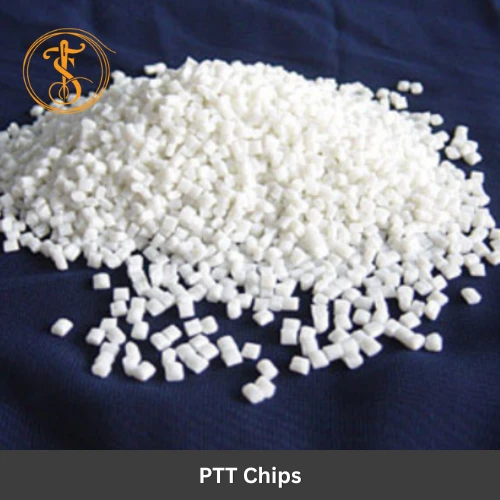
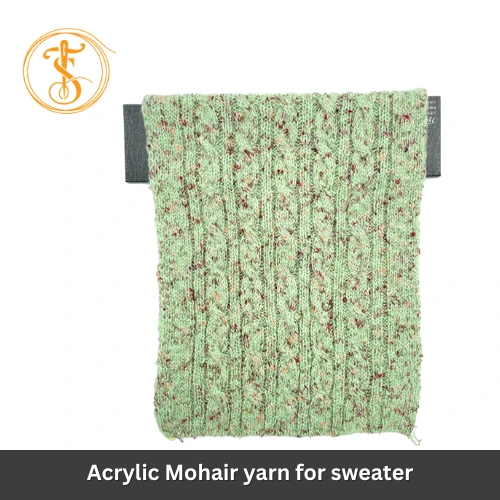
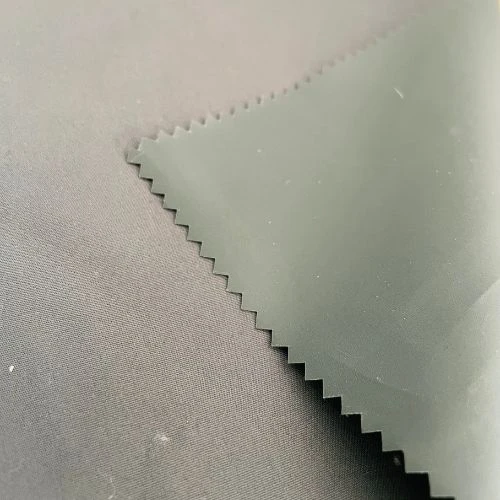
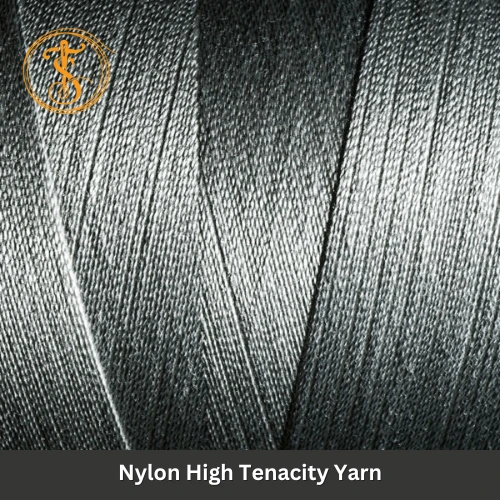
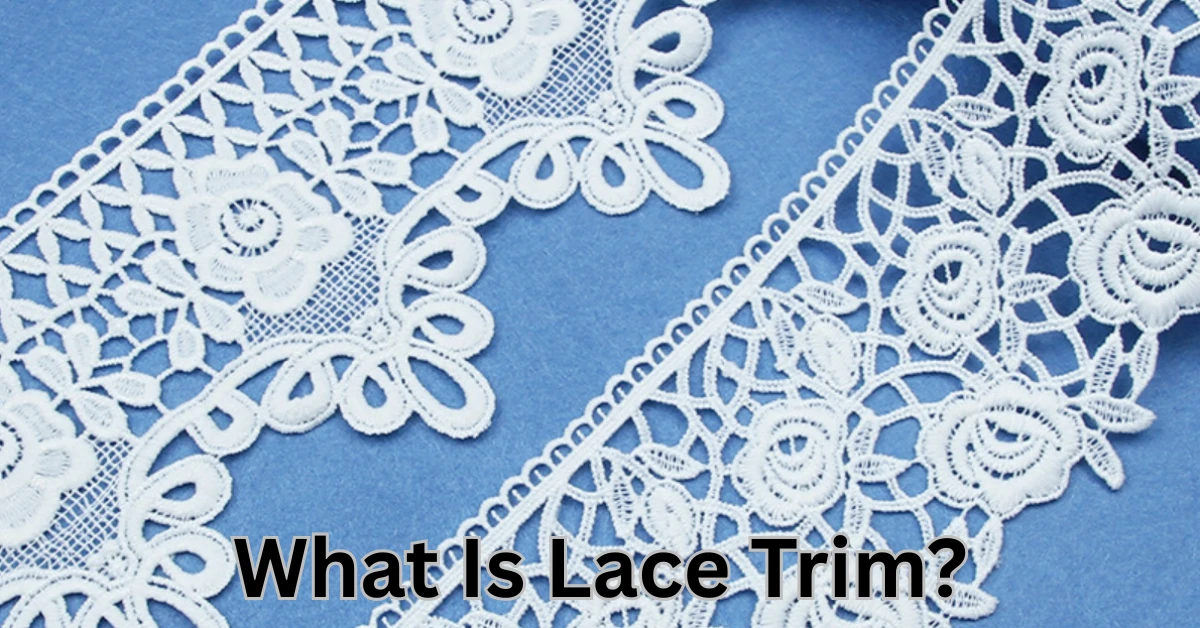
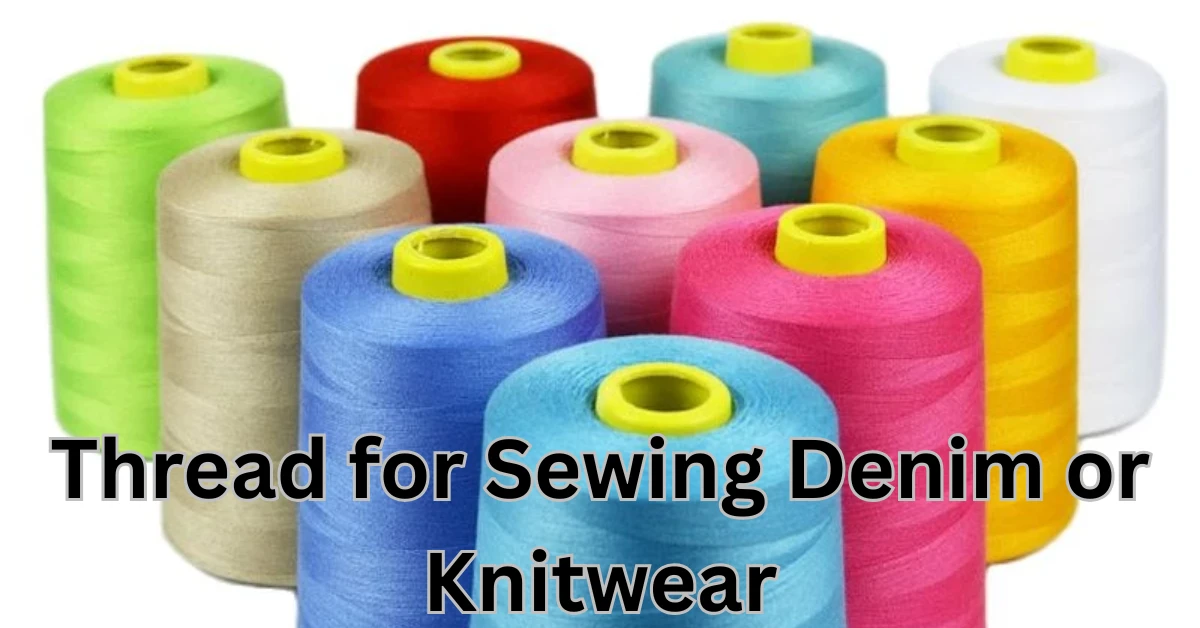
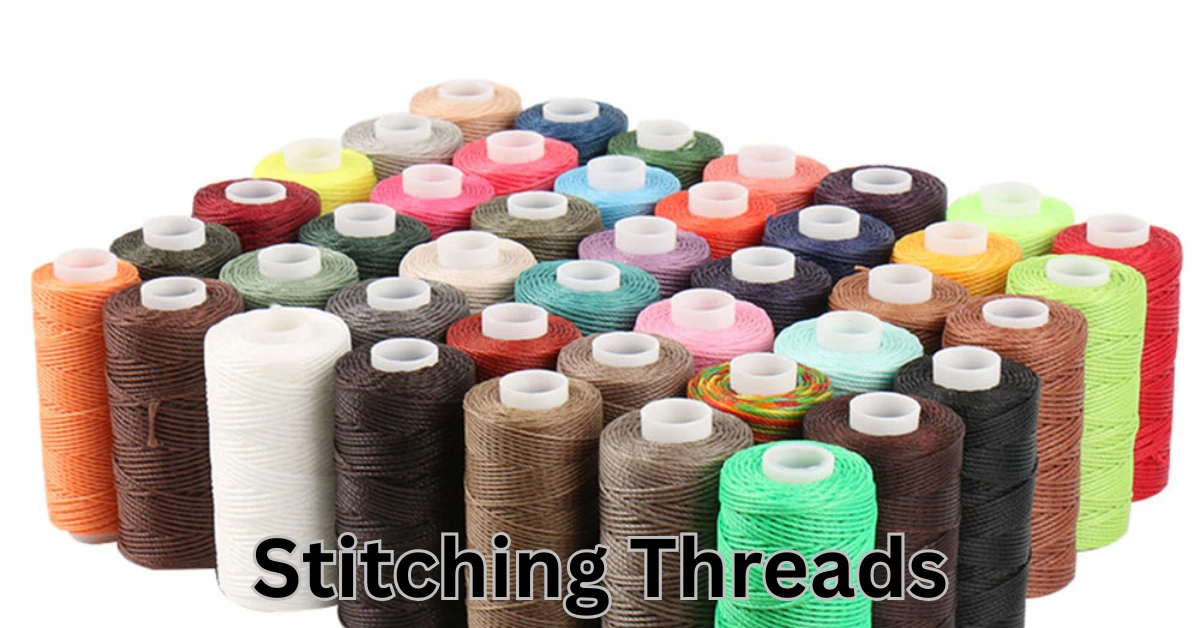
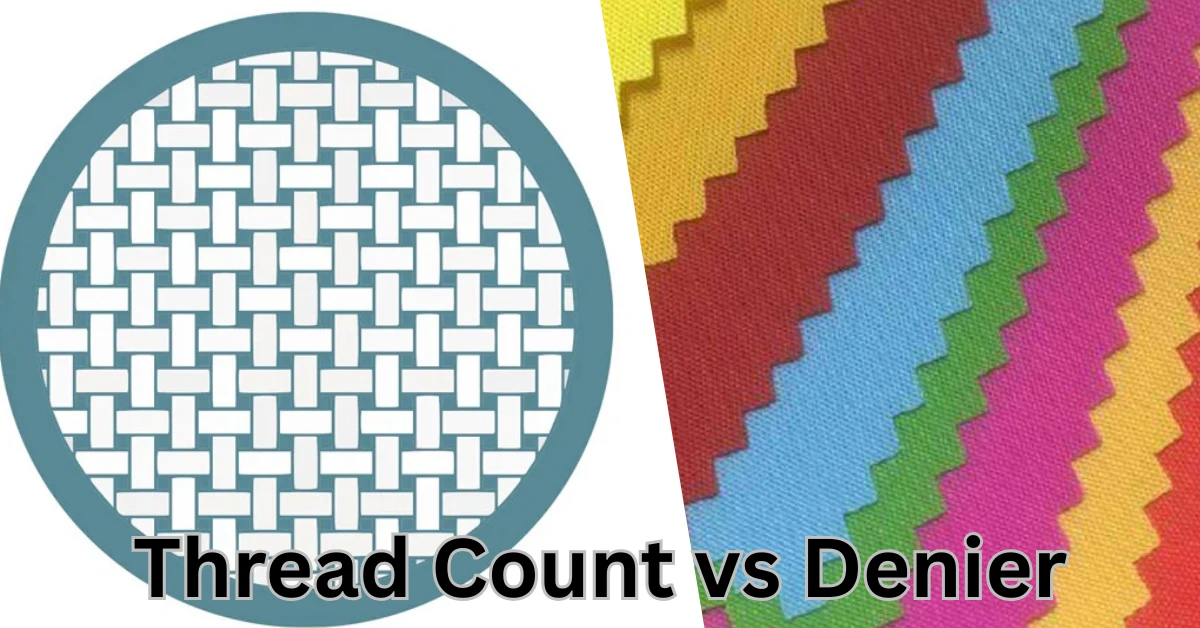
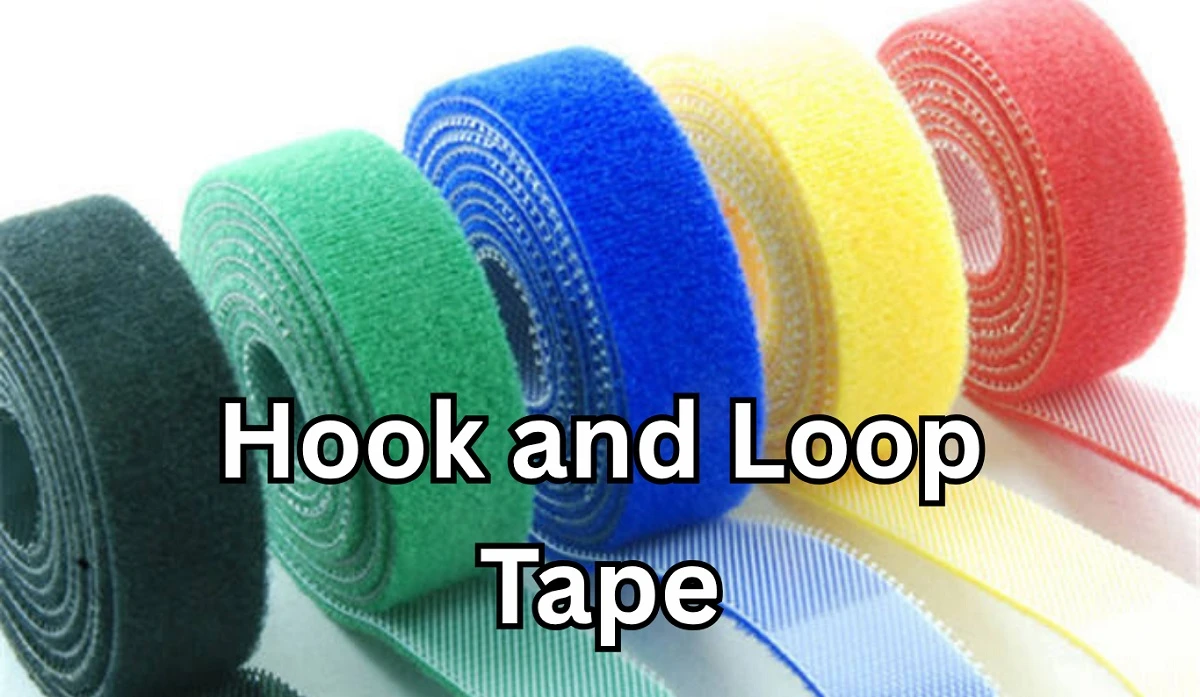
Comments - 00
Leave A Reply
Thanks for choosing to leave a comment.